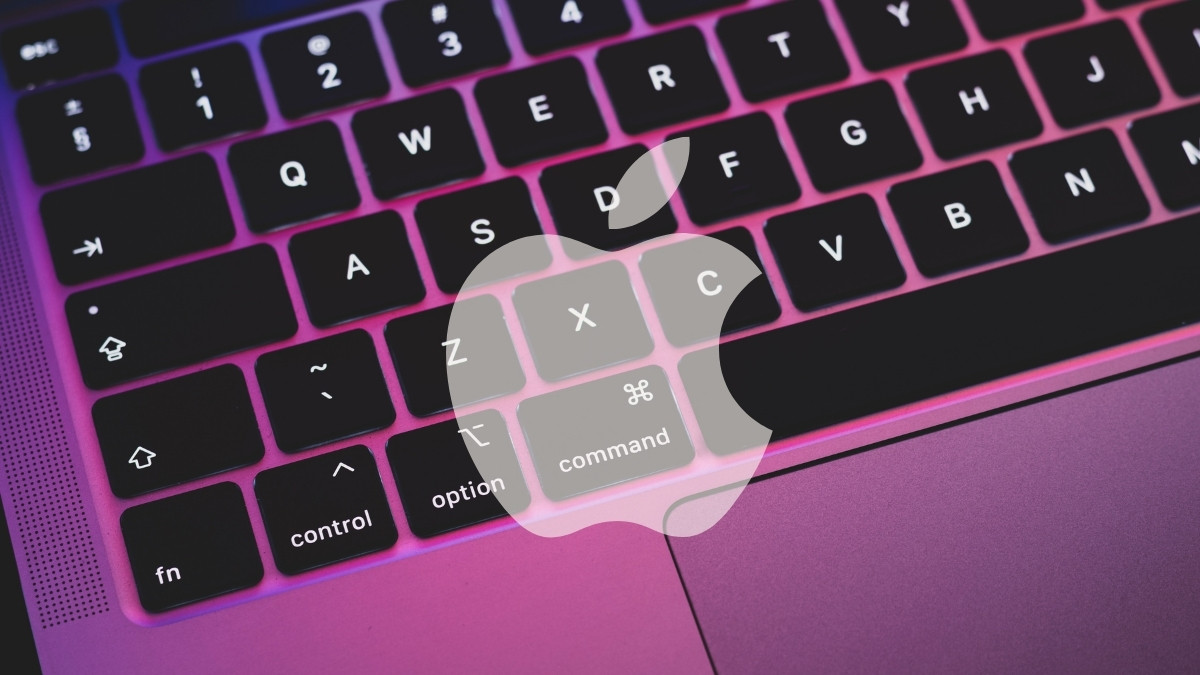In this article, we’ll delve into the details of a significant decision by a US judge giving final approval to Apple’s $50 million settlement over its controversial ‘butterfly’ keyboard.
We’ll uncover the circumstances that led to this resolution and its implications for MacBook users worldwide.
Key Takeaways:
- Final approval granted: A US judge has given final approval to Apple’s $50 million class-action settlement for their controversial butterfly keyboard.
- Payouts soon: Payments to affected MacBook users are expected to roll out soon, with amounts ranging from $50 to $395.
- 86,000 claims: Over 86,000 claims were made before the application deadline, indicating the widespread dissatisfaction with the keyboard design.
- No admission of wrongdoing: Despite the settlement, Apple doesn’t have to admit any wrongdoing.
- Resilience over slimness: Apple’s efforts to create ultra-slim laptops led to the problematic keyboard design, prompting the tech giant to return to a more conventional keyboard structure with their 16-inch MacBook Pro in late 2019.
The Background of the Butterfly Keyboard Saga
In 2015, Apple, the behemoth of the tech world, introduced a design innovation, the ‘butterfly’ keyboard.
This was touted as the solution to crafting sleeker and thinner laptops without compromising typing feel or stability.
An initiative spearheaded by Jony Ive, the then design chief, the butterfly keyboard was incorporated in various MacBook models from 2015 to 2019, including MacBook Air and MacBook Pro computers.
Yet, the revolutionary design soon met with unanticipated hurdles. Users began reporting problems with keyboard durability, as the unique construction seemed susceptible to dust and debris.
Complaints ranged from keys sticking or failing completely, an issue eloquently summed up by Casey Johnston in The Outline with the statement, “The new MacBook keyboard is ruining my life.”
The Long Road to Settlement
The mounting dissatisfaction led to a class-action lawsuit, with claimants arguing that Apple was aware of these design flaws yet chose to conceal them.
After a series of legal tussles, Apple agreed in July of the previous year to a $50 million settlement to resolve the claims.
This agreement was, however, only finalized recently, with US District Court Judge Edward Davila ruling it as “fair, adequate, and reasonable.”
The settlement process was not without its share of controversy. Some class members challenged the proposed payout of $125 for a group within the class, deeming it inadequate.
Moreover, others sought compensation for those MacBook owners who had experienced keyboard failures but did not get their computers serviced by Apple.
However, Judge Davila rejected these appeals, stating that the benefits under the settlement were not grounds to deny its approval.
The Impact on MacBook Users
The outcome of this saga brings a sigh of relief for many MacBook users.
More than 86,000 claims were made for class member payments before the deadline, a testament to the widespread issues surrounding the butterfly keyboard design.
Users who were financially impacted by the keyboard problems, whether through repair costs or needing to replace their MacBook entirely, can now expect settlements ranging from $50 to $395.
However, there’s still a cloud of uncertainty regarding when these payments will be dispatched.
The lawyers in the case have expressed eagerness in distributing the funds to their clients, but a specific timeline remains elusive.
The Future of Apple’s Keyboard Design
Apple has since moved on from the butterfly keyboard design, returning to a more traditional keyboard structure with the launch of the 16-inch MacBook Pro in late 2019.
Despite its initial promise, the butterfly keyboard has now been fully phased out of Apple’s product lineup.
Interestingly, Apple’s settlement does not include an admission of wrongdoing.
This is a subtle reminder of the challenges that tech companies often face when pushing the boundaries of innovation.
Conclusion
In conclusion, this final approval to Apple’s $50 million class-action settlement marks an important chapter in the company’s quest for innovation and customer satisfaction.
Although Apple may not have admitted wrongdoing, the compensation marks a significant step in acknowledging the keyboard’s design faults.
However, the saga serves as a potent reminder to the tech giant and the industry as a whole, underscoring the importance of user experience and practical functionality alongside aesthetic appeal and innovation.
As payouts commence, customers will be watching Apple’s next steps closely, especially those concerning the design of their future products.
 Sections of this topic
Sections of this topic
















